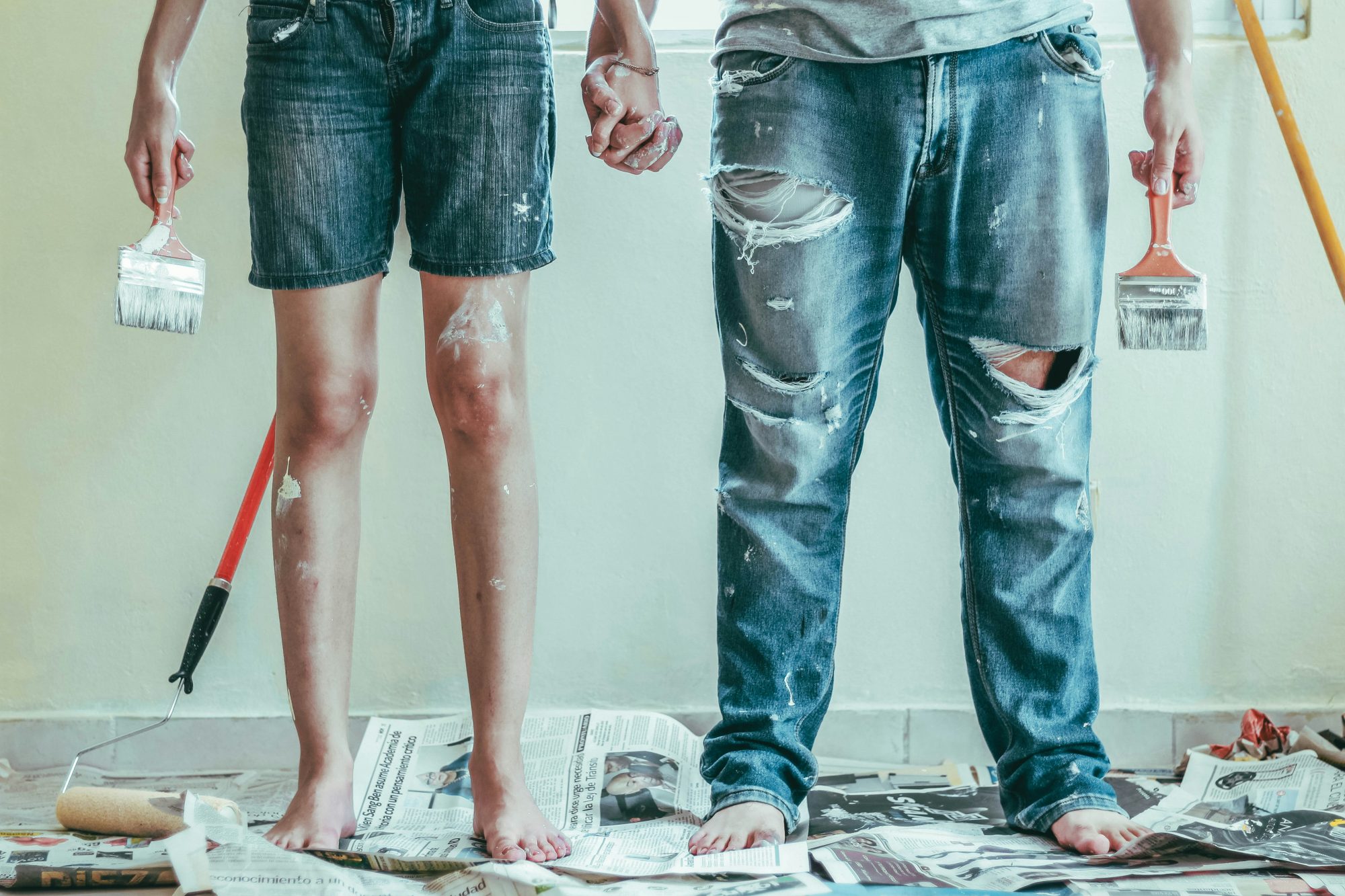Renovating a home—especially a derelict or older property—can be exciting but also overwhelming. Many homeowners wonder: should I DIY or hire a professional?
While DIY can save money, some projects require expert knowledge to avoid costly mistakes. Let’s break down which renovation tasks you can handle yourself and which ones are best left to professionals.
DIY-Friendly Home Renovation Projects
If you’re handy and have time, we feel that these tasks are manageable for most homeowners:
1. Painting & Decorating One of the easiest and most rewarding DIY projects. Requires patience and proper prep work for a professional finish. Avoid common mistakes like rushing or using cheap materials.
2. Demolition (With Caution!) Removing cabinets, carpets, or non-load-bearing walls can be DIY-friendly. Wear protective gear and ensure no plumbing or electrical elements are hidden inside.
3. Basic Flooring Installation Click-together laminate, vinyl, or engineered wood flooring is DIY-friendly. Requires measuring accurately and following manufacturer guidelines.
4. Landscaping & Outdoor Improvements Garden work, fencing, and small patios can be tackled with basic tools. Large-scale hardscaping or drainage work may require expert help. Either way, of course we can help with design and getting the plan right for you.
5. Small Repairs & Cosmetic Updates Fixing minor plaster cracks, replacing cabinet handles, or installing shelves are great starter projects. When to Call a Professional
For structural, electrical, or highly skilled work, hiring an expert is essential. Here’s what should be left to the pros:
1. Electrical Work Irish law requires a certified electrician for major rewiring. Faulty DIY wiring can cause fire hazards or fail inspections.
2. Plumbing & Heating Systems Poor plumbing can lead to leaks, water damage, and costly repairs. Boiler installations, gas work, and underfloor heating should always be done by a registered professional.
3. Structural Changes Removing walls, extensions, or roofing work must be done correctly to avoid dangerous consequences. Engineers or architects should assess any load-bearing changes. They will also be required to specify and certify that any structural changes are done correctly – this is for home insurance and should you ever want to sell up and move to another project/
4. Insulation & Energy Efficiency Upgrades Government grants may require a certified contractor to complete work like external insulation or heat pump installation. There is plenty of options to discover on the SEAI website.
5. Plastering & Tiling (for Large Areas) While small areas can be DIY’d, large or intricate jobs require skill for a polished finish. The Hidden Costs of DIY Mistakes
Cutting corners on professional work can cost more in the long run. Some common pitfalls include:
✅ Redoing poor-quality work (fixing uneven tiles, botched wiring, or leaky pipes).
✅ Insurance & safety risks if work doesn’t meet legal standards.
✅ Decreased property value due to unprofessional finishes or structural issues.
Final Thoughts: Know Your Limits
DIY can be rewarding, but knowing when to call in a professional saves time, money, and stress. If you’re unsure, consulting an expert before starting a project can prevent costly mistakes.
Need professional help with your home renovation?
Summit Matters Ltd specializes in high-quality renovations across Ireland.
Get in touch today for expert advice! WhatsApp us a message.

